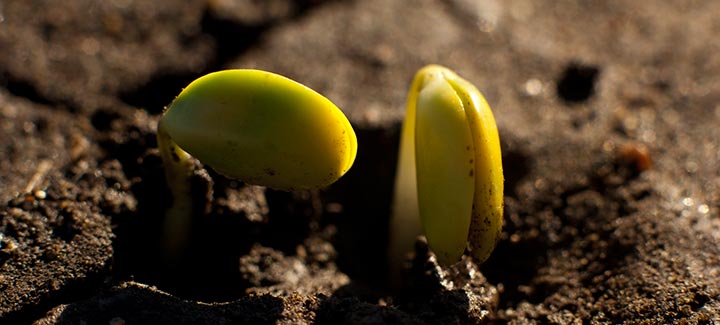
Some growers are all too aware that Palmer Amaranth is an increasingly worrisome weed for many fields. Causing severe issues in the south, the glyphosate and ALS-resistant weed is making its way further north, with no signs of slowing down on its own. The weed is very aggressive, reportedly growing up to three inches per day, and producing millions of seeds per plant. In the Pigweed family, Palmer Amaranth is related to Waterhemp, a weed we are all too familiar with. Palmer Amaranth is relatively new to growers in Indiana, and now has a toehold in several counties across northern regions of the state. The reason for the quick geography jump has not been determined. Some speculation believes it could have arrived with cotton hulls from the south used in some dairy rations. It could have arrived with some cover crop seed, or possibly mechanically. How it actually got here will probably never be determined, but what we do know is that northern Indiana does have the glyphosate and ALS-resistant strain of this weed.
Fortunately, there is hope for growers looking for a solution. The LibetyLink system will be a very important tool to combat Palmer Amaranth and other glyphosate-resistant weeds. Also, in the near future, more options will be available to growers as new technologies are on the horizon. The Enlist E3 Weed Management System, another new soybean system featuring isoxaflutole and the Roundup Ready Xtend system with dicamba will give growers options of multiple modes of action with some offering residual control. My advice is to learn about the new technologies, and in the meantime, take advantage of what we currently have available by alternating the modes of action in your system and utilizing pre-emerge herbicides. The best way to combat hard-to-control weeds is early prevention.
Don’t hesitate to contact me or a Regional Sales Agronomist in your area to learn more about LibertyLink for the 2013 spring growing season. For more information on the new systems coming down the road, take a look at Directory of Agronomy Brian Hartman’s insight on the new technologies.
Related Articles
-

Stine® to offer Syngenta’s Victrato® soybean seed treatment in 2026
December 2025 in Agronomy
-

Use Stine’s XP® seed treatments to prevent early injury to your crops
December 2025 in Agronomy
-

Understanding Stine’s enhanced oil profile soybeans
December 2025 in Agronomy
-

Soil sampling sets the stage for spring
November 2025 in Agronomy



